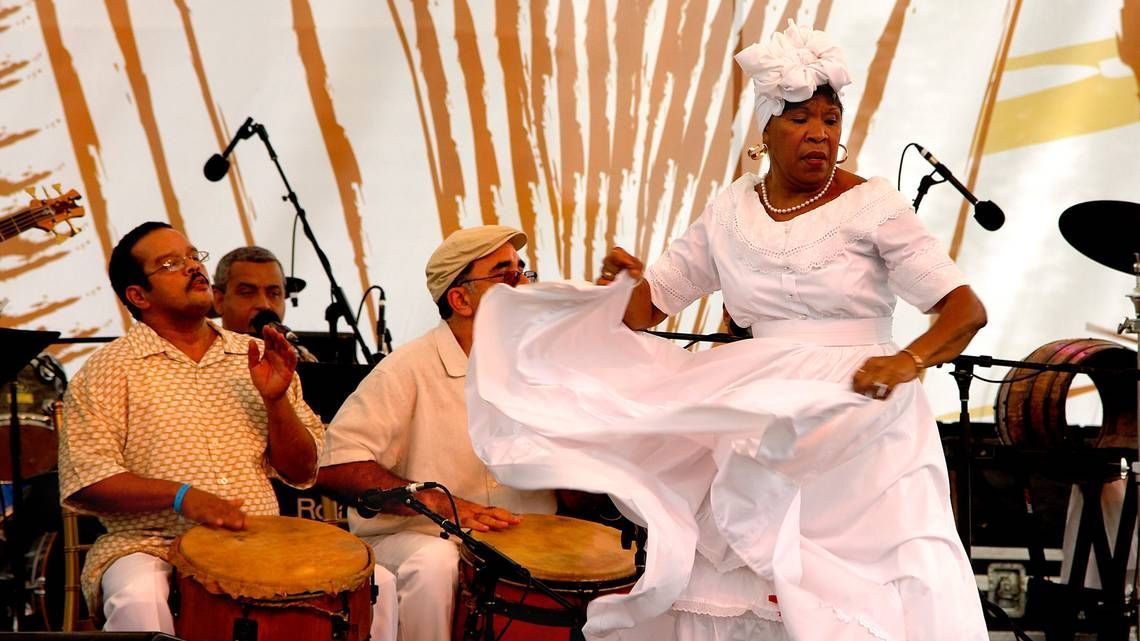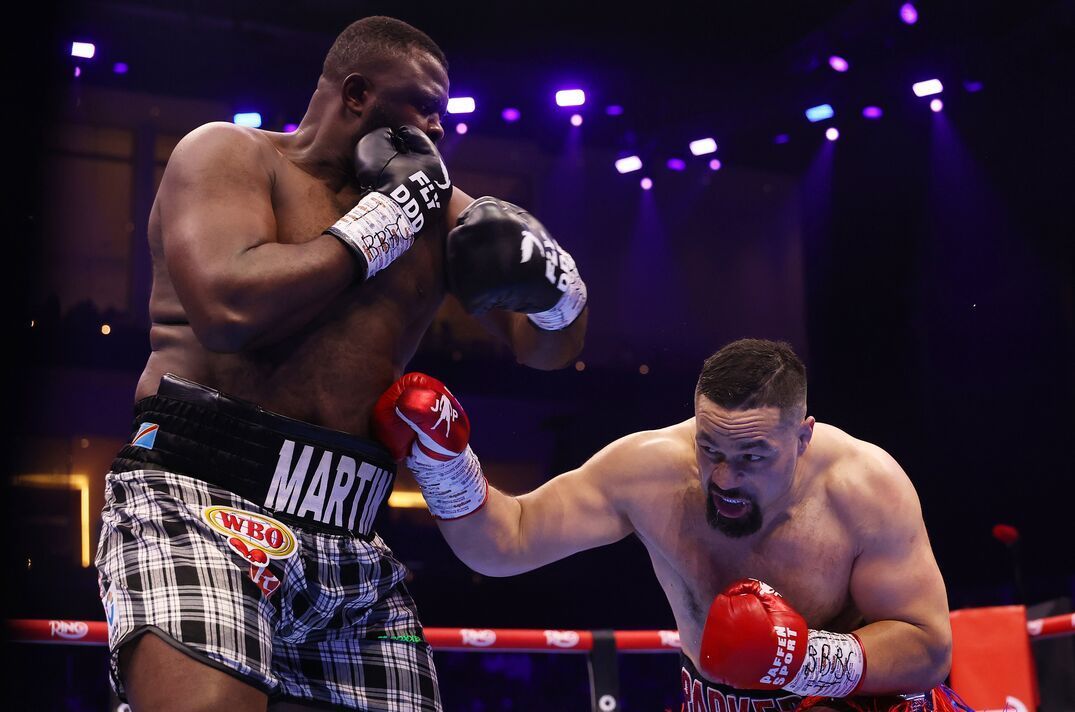Felami Burgess
What do you know about Luisa in Puerto Rico?
Yuisa. Luisa. Loaiza. Loíza: More than a culture
Yuisa. Luisa. Loaiza. Loíza. A name, like any spoken word, throughout its history will curve and hook itself around the tongue of its speaker while shifting forms. It will take on its unique shape and ease into its new construction only to be pushed from the mouths of many who in transforming her linguistically have, often unwittingly, recreated her emerging identity for the masses. This oral revision is sometimes a necessary consequence of the historical transformation of a thing. A reinvention necessitated by a desire to separate from a traumatic past. And, no greater has the trauma been felt in America but by the (Native) Indian and then the African, sequentially. Though, she may ease off the wrapping of her historical cloak through the transitioning of names during the passage of time and space, the drapery still hangs informing the essence of who she is. She is the original woman, Yuisa. She is her present conception, Loíza.
Nowhere have transition and transformation, traumatic past and reinvention proven more poignant than in and among the people of the township of Loíza. Originally named in the early 1500’s for the town’s first Taino Indian woman chief by the name, Yuisa, the town of Loíza is nestled on the northeastern tip of Puerto Rico, east of Carolina and west of Río Grande. Its vibrant, but worn, streets house over 30,000 inhabitants from seven different racial groups. The largest of these groups are descendants of African, Indian and Spanish ancestry. Of these groups, one will find it most common to see variations of the three blended across the faces and flowing through the blood of the people one may lumber past on Loíza’s streets. Her streets, where poverty runs as rampant as children selling sumptuous stray water coconuts and old women peddling handmade jewelry, are vast and bustling. They extend over five wards or districts and are broken into several barrios or neighborhoods. The most notable of these barrios is Loíza Aldea. Loíza Aldea, with the immersion of strong African traditions passed on through slavery and now permanently seeped into its current culture, is famously regarded throughout Puerto Rico for being the epicenter for tourist and native alike to experience the most the country has to offer in Afro-Caribbean music, dance, art and cuisine.
Loíza, however, is much more than an exotic cultural destination with an intriguing name. To understand and appreciate the rich culture imbedded in the heart of Loíza, one must travel back in time and meet her at her infancy. This includes acknowledging her painful upbringing. John Earl Joseph states in his book, “Language and Identity”, if someone asks, “Who are you?’ the response they expect is your name. Or maybe the person asking already knows your name. Perhaps, you’re looking in a mirror. Here obviously some more profound form of identity is being sought. Who are you really? Who are you, deep down? Now the answers come far less easily, because who one is “deep down” can never be fully captured and articulated in words. Therefore, everything and not enough is in a name. Loíza’s name and history and, in turn, the history of Puerto Pico begins where most recorded American history began: with the Native American. In this case, with a woman named Yuisa.
Yuisa was a Taino Indian woman. Taino Indians were a peace-keeping tribe who initially inhabited the island of Puerto Rico until the early 1500’s when Ponce de León and his Spanish brethren came calling. Spaniards arrived to explore the beautiful country and prospect for gold in its soon-to-be depleted gold mines. Tainos had no real interest in acquiring the goods from these mines for personal profit. As a result, the initial meeting between the Spaniards and the Tainos was a peaceful one. So much so, Yuisa, the island’s first female chief, was permitted to intermarry with a free black man, Pedro Meijas, who had joined the Spaniards in their initial prospecting. Paying homage to this bold step forward, Yuisa, renounced her faith and was baptized in order for the marriage to occur and renamed Luisa, from which the town originally acquired its name. However, this peaceful pairing between the Spaniards and the Taínos was short-lived. Legend has it, Yuisa was killed by her fellow Tainos for her betrayal. While her real motivation had been to maintain peace and protect her people. The Spaniards quickly took advantage of the Taínos' trust, enslaving them. Tainos were forced to work in the gold mines that previously sat untouched and were made to assist in the construction of forts. Many Taínos died as a result of their treatment, others succumbed to the outbreak of smallpox which quickly became an epidemic on the island. Still other Taínos committed suicide or fled the island after an unsuccessful Taíno uprising in 1511.
Having lost most of their free manpower in the wake of the erosion of a Taino presence, the immediate solution the Spaniards reached was to transport 1,500 Africans from the continent of Africa. These African slaves were branded with a stamp on their heads made by a hot iron as evidence of their “legal” ownership and to ward off their potential escape or kidnapping. As demands grew, so did the number of Africans transported to Puerto Rico. Their number rose from 1,500 in 1530 to over 15,000 in 1555. By 1570, the Spanish crown declared Puerto Rico’s gold mines depleted of the precious metal and decided to move their ships up north. By 1784, the “hot branding” method of slaves was eradicated. By 1893, slavery was abolished altogether in Puerto Rico.
During their enslavement, although there were several slave revolts leading up to abolition, Africans had little choice but to assimilate in order to ensure their survival. Most of the Spanish who arrived and settled on the island came without women. Therefore, a large part of the cruel treatment African slaves received included rape. Later, Spanish settlers began to intermarry and procreate with the Africans and remaining Taino survivors on the island eventually forming the basis for the diverse ethnic blend that is the majority of the population of Puerto Rico today. Initially, many Africans were educated in the language of their captors. However, they soon began to incorporate African words into the language forming a unique language know as “Bozal” Spanish. Bozal is a mixture of Spanish, Portuguese and words from many African languages. Africans also were not permitted to practice their native religions and most were forced to convert to Christianity. Although, succumbing to this religious conversion, early Africans did not abandon their spiritual beliefs altogether. Palo Mayombe which existed throughout the Congo for generations and the Yoruba faith predominately practiced in Nigeria continued to exist in places such as Puerto Rico, Cuba and Trinidad were Christianity was the prevailing religion. These religions survived because Africans and their descendents began reorganizing names of African deities and articles of worship and disguising them under the various names, forms and traditions represented by the Catholic Church.
Presently, the obstacles overcome by African and Taino slaves and the dedication Yuisa had for her country can be felt in the pulse of Loíza’s daily life. By just happening into any local restaurant, the touch of Africa can be felt lovingly on the tongue in Puerto Rico’s many Afro-Caribbean dishes. One the country’s most popular dishes is Monfongo. Monfongo is made by mashing fried plantains with garlic and olive oil then adding bacon, crab, shrimp, lobster or any combination of them all. Coconut, coffee, okra, yams, potatoes, pumpkin, sesame seeds, sweet bananas, plantains, and Guinea hen are all constant ingredients that were brought to the island by route of Africa.
The musical contributions of Africans can sway the most rigid of souls with the pulsating drum beat of the Bomba, a music style and dance form brought by West Africans to the country. The hypnotic sound of the Plena, similar to Calypso music, reminds one that Yuisa still breathes her love for life into her countrymen. Bomba and Plena were first played by slaves at early Puerto Rican festivals and have evolved over time into full Carnivale. Most celebrated is the Fiestas Patronales which incorporates the African tradition of mask-wearing, dressing in elaborately decorated costumes and performing dances to ward of evil spirits and in celebration of ancestral deities and patron saints.
Currently, though, Loíza is a town ravaged by mass poverty and neglect; a country long stripped of its gold. Loíza, in many ways, has returned to being the gentle island where its history began. A place where a young woman named Yuisa saw the richness of her county not in the material wealth that lay within the land but in the indomitable spirit that lay within her people. It is a place where a name articulates everything and not enough of who one is. It is a place where, like the history of her name, her transformation continues.




